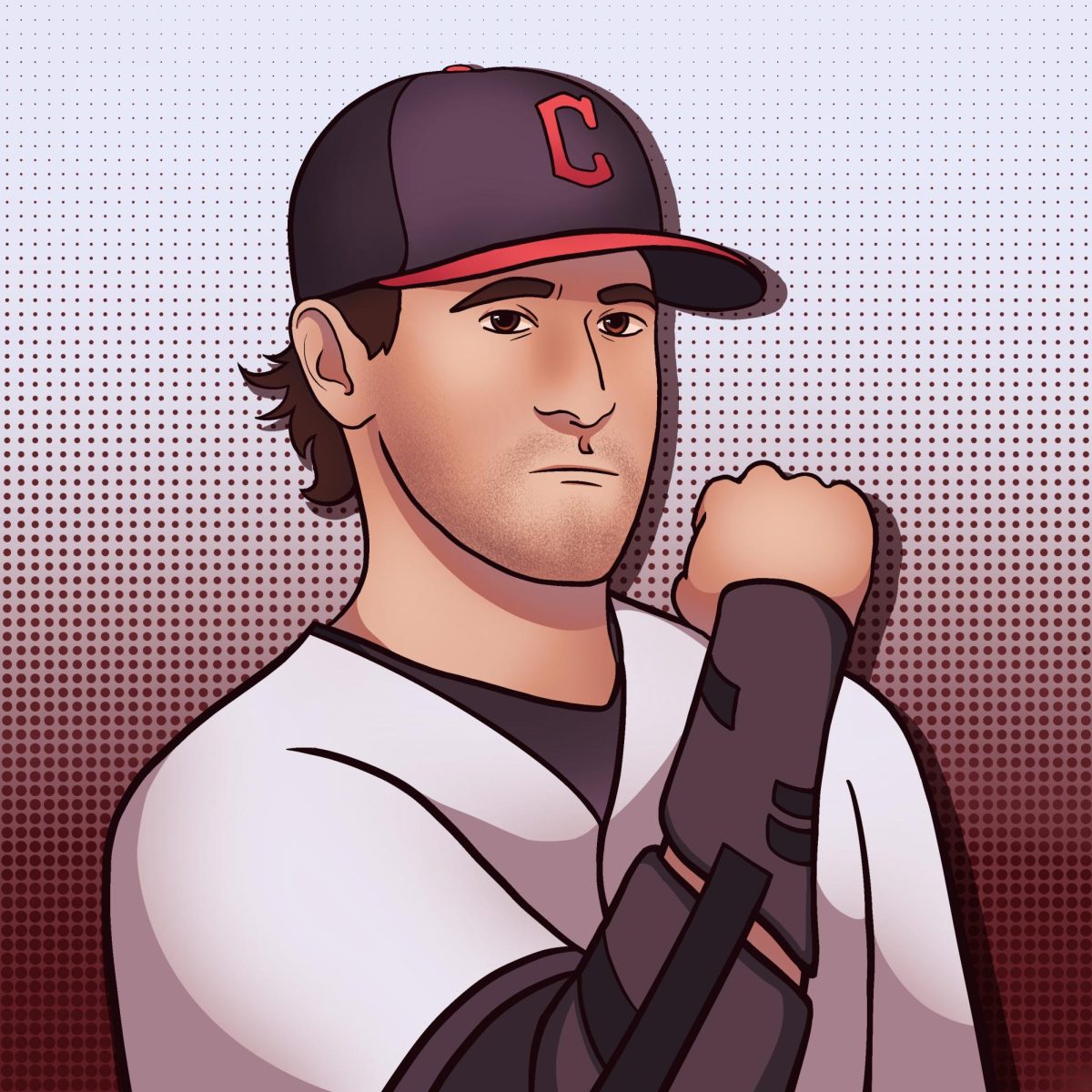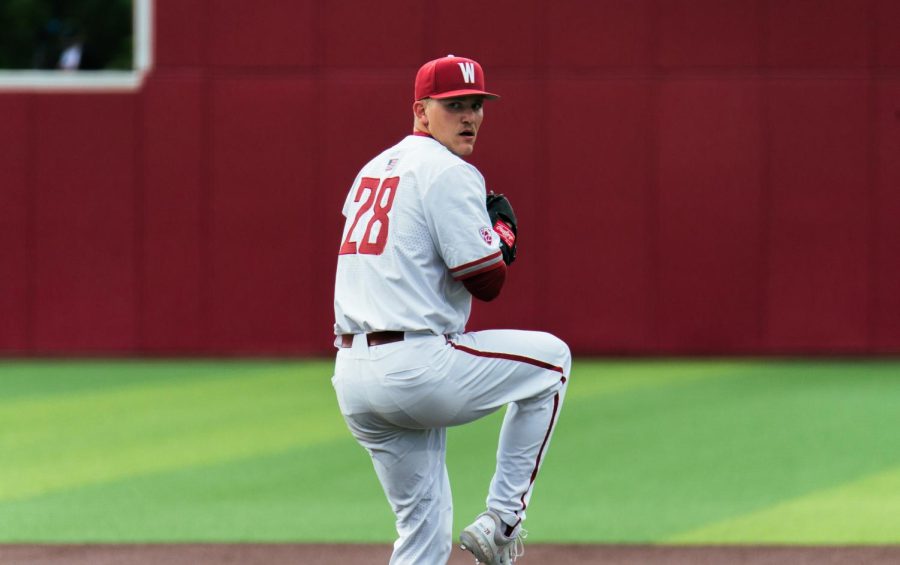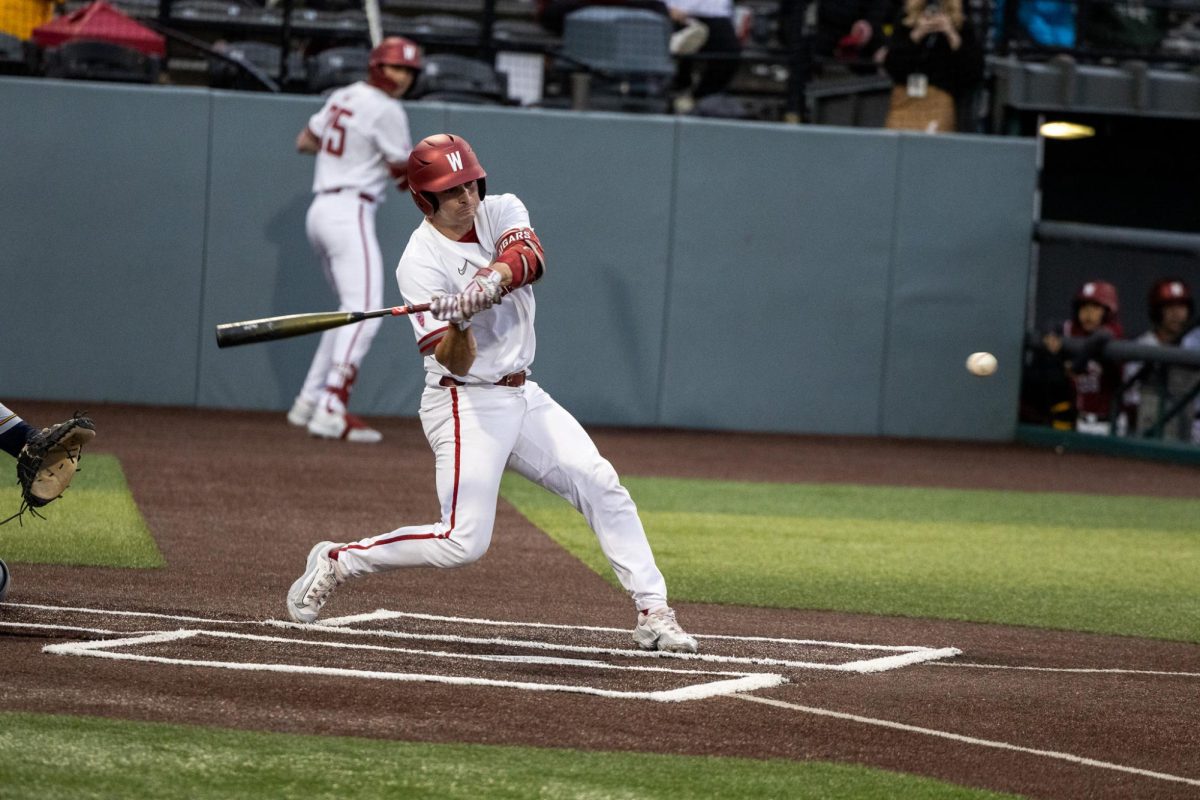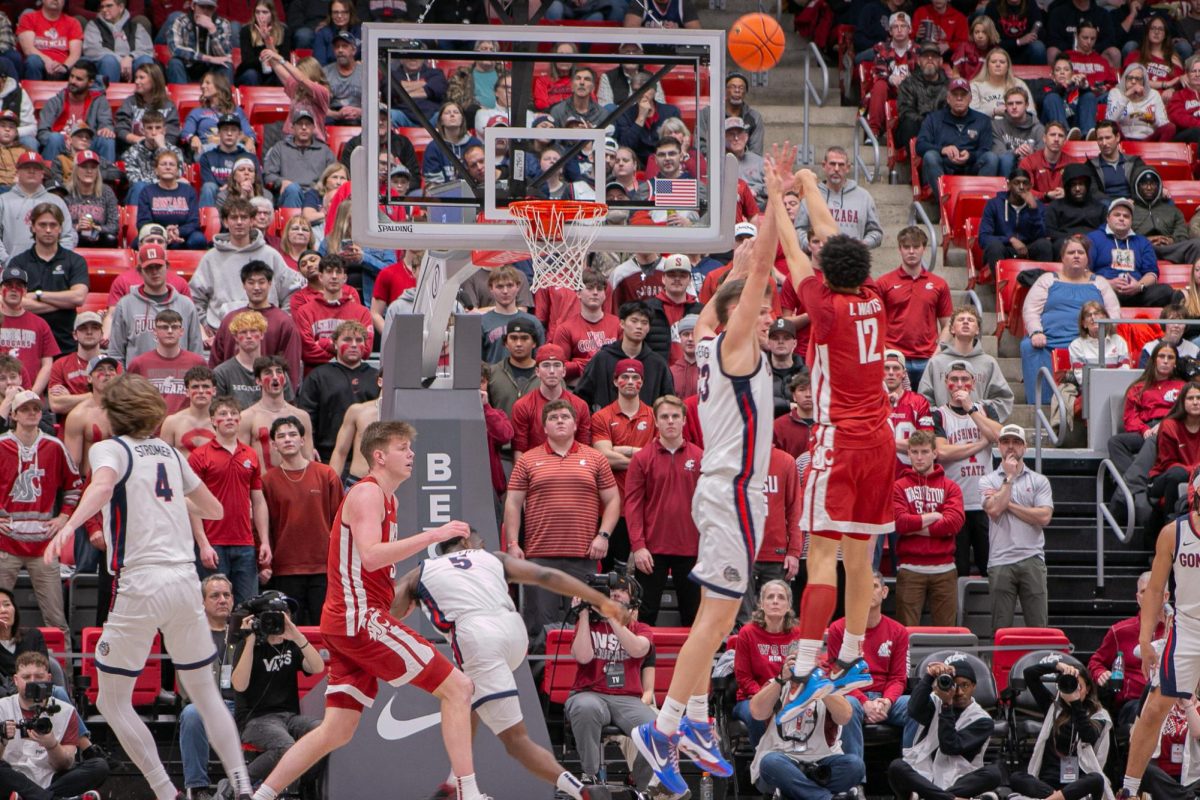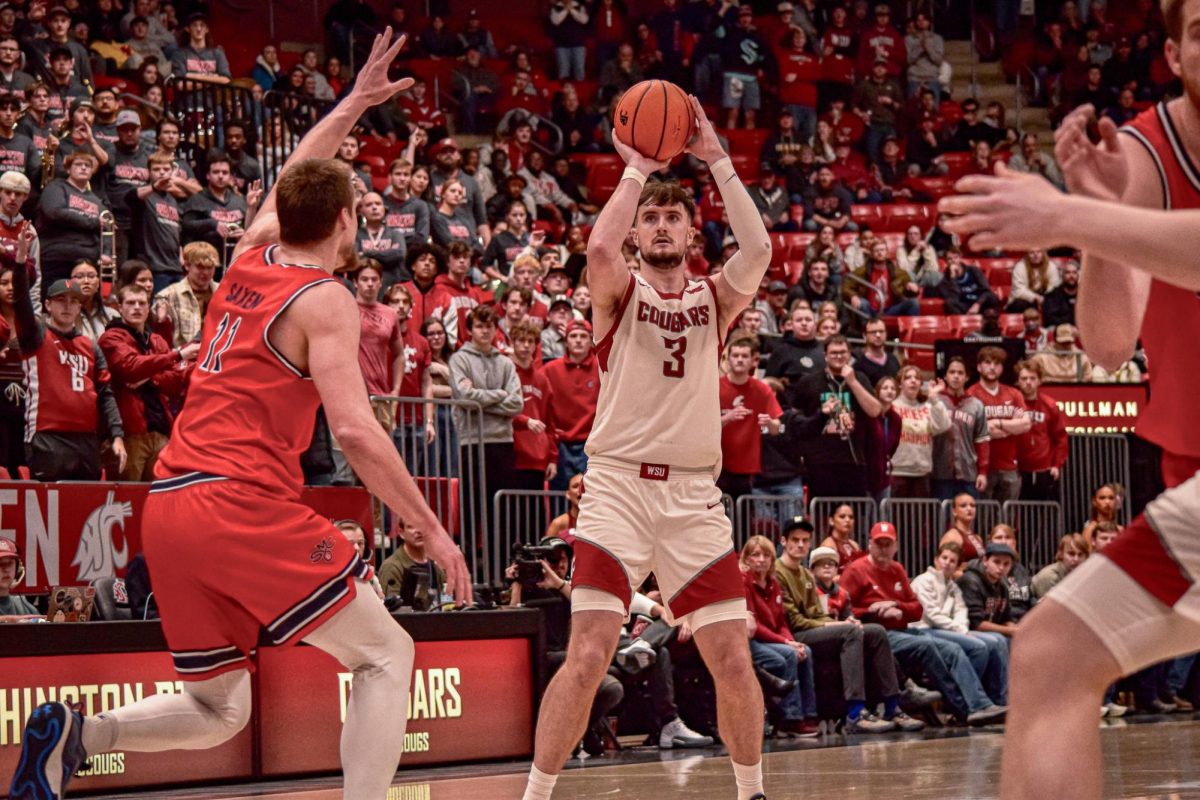One of the early storylines of the MLB season has been the amount of starting pitchers going down with injuries. Opening Day was just over two weeks ago, and since then, we’ve already seen a flurry of top arms go down. Many fans have been quick to blame the pitch clock, and the MLBPA seems to agree. They are challenging the league over the pitch clock, a rule change that came in 2023 and was met with much criticism from fans and players alike.
Astros ace Justin Verlander calls it a “pandemic.” Former Cy Young award winners Shane Bieber and Sandy Alcantara are out for the season. Braves ace Spencer Strider is out for the year as well. The Texas Rangers’ pair of Cy Young winners Jacob DeGrom and Max Scherzer are also both out for most of the year, with injuries lasting from last year. Twenty-year-old Marlins prospect Eury Perez will miss the rest of the season. Astros ace Framber Valdez recently went down as well. Other pitchers that have gone down include Yankees ace Gerrit Cole, Nick Pivetta, Bryan Woo, & Kyle Bradish.
It has led fans and players alike to ask the question of ‘why?’ Why are so many of the game’s best pitchers getting hurt, some for the second, third or fourth time? It’s likely a combination of multiple factors, none of which can be pointed to as the ‘main’ culprit.
One of the big things that is likely contributing to the injuries is the modern game’s emphasis on velocity. Sports Illustrated’s Tom Verducci wrote about the increase in velo over the past 15 years in May of 2023.
He gathered the stats of pitches thrown over 100 MPH over the years, and the result is astounding. Since velocity began being tracked, 2009 was the first year that over 500 such pitches were thrown. From 2009–2019, there was a gradual increase in velocity. In 2014, 1,000 hundred mile-per-hour pitches were thrown for the first time, and by 2019, the league was approaching 1200. Suddenly, in 2021, that number jumped to 2500.
In 2022, there were 3300 hundred mile-an-hour pitches, and in 2023, that number grew to 3600. Today in the MLB, everyone wants to throw 100 MPH, and teams have emphasized their scouts on finding the players who can. Throwing that hard is not easy to do for anyone, especially considering that the human arm is not built to throw in an overhand motion. Adding so much speed is a risk, and it is a risk that most of the modern MLB pitchers are willing to take.
Another factor is the increased spin rates. Pitchers are trying harder and harder to spin the ball at incredibly high rates, and it is causing intense pressure on their arms, particularly their elbows and wrists. Since Statcast began tracking pitch data in 2015, teams have been able to identify which pitchers are spinning the ball at the highest rates. Pitchers took notice and started using substances such as sunscreen, spider-tack, pine tar, and other ‘sticky’ substances. Those substances led to the highest spin rates of all time in 2021 until the league took notice.
They began enforcing previous rules against the ‘sticky stuff,’ which was applauded by fans at the time. However, some pitchers have likely begun overcompensating.
Dodgers ace Tyler Glasnow, who has been injured numerous times in his career, spoke on the subject.
“I tried to go cold turkey,” he said. “I woke up the next day, and I was sore in muscles I didn’t even know existed.”
Pitchers who had previously been relying on substances to spin the ball likely have struggled to replicate their success, and in their overcompensation, have fallen victim to injuries.
The pitch clock likely does have an impact. Giving pitchers less time to rest during games is going to tire them out faster, especially because of the strain they are putting on their arms due to the earlier factors listed.
The pitch clock was created with the goal of shortening games and increasing viewership and attendance numbers league-wide. It did shorten the games by an average of 24 minutes, according to CBS.
According to an article from the Northeastern University Sports Business & Innovation Network, fan attendance also improved in 2023 by 11%, so the pitch clock has had the desired effects.
However, it has also angered fans and players. The MLBPA is going to war with the MLB over the pitch clock, as they believe it has led to more injuries. And despite the positive increase in attendance, postseason viewership continued to fall to all-time lows last year, as the MLB as a sport is struggling to compete with the NFL, NBA and college football.
So what is the solution? It’s more complicated than I wish it could be. In the short term, the most logical thing to do would be to lengthen the pitch clock. Adding even five seconds to the pitch clock could be very beneficial to pitchers, giving them a bit more breathing room between pitches, and allowing them to give their arms the extra rest they might need.
Long term, however, the solution is much more difficult to see.
Teams will need to sacrifice their desire for velocity and high spin rates if they want to keep their top pitchers healthy and players will need to sacrifice their desire to reach the big leagues faster so that they can take more time to learn proper mechanics and become effective pitchers even if it means not throwing 100 MPH fastballs.
That’s a choice that teams and players will have to make, and it may take years for things to change. Until then, we should all say a prayer for our favorite pitchers and hope that the injury epidemic will pass over them.


